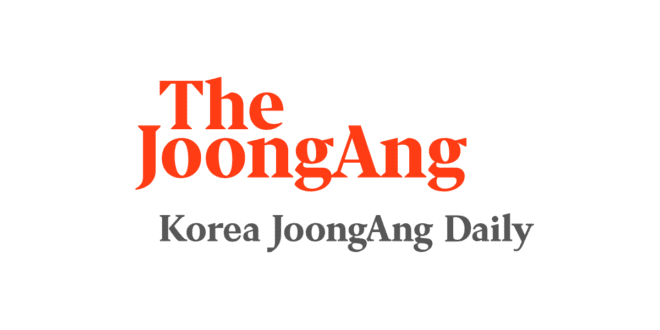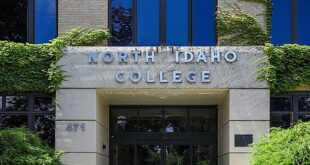The Burden of Private Education in South Korea
South Korea is stifled under the weight of private education. The burden is heavy for both rich and poor families. The economy is stumbling in an unprecedented slump, yet the private education industry is thriving.
The Cost of Private Education
According to Statistics Korea, monthly spending on private academies after school for families in the top 20-percent income group with children aged 13 to 18 averaged 1,143,000 won ($871), taking up 17.5 percent of their total monthly expenditure of 6.53 million won. This level of spending on children’s private education nearly equals what these families paid for food and drinks (636,000 won) and housing and utility bills (539,000 won).
Even for relatively poor families, the monthly private education cost amounted to 482,000 won for the bottom 20-percent income group, which is more than their expenditure on food and beverage. This situation raises questions about the normalcy of a society in which lower income families must spend more on educating their children than their cost of living. In such a scenario, the need for public education becomes unclear.
The Indispensability of Private Education
Private education has become indispensable in South Korea. According to a recent government survey, 78.3 percent of all students in elementary, middle, and high schools in the country received private education last year. In Seoul, this ratio goes up to 84.3 percent. The pressure to participate in private education is driven by the fact that everyone else is doing it.
The private education industry has continued to grow even during the Covid-19 pandemic. Cram schools in Seoul alone totaled 24,284 as of May, tripling the population of convenience stores. Such numbers have earned Korea the title of the “republic of private education.” Spending on private education reached 26 trillion won last year, accounting for 1.2 percent of the GDP. Surprisingly, this spending increased by 10.8 percent despite the decline in student numbers.
The Impact on Birth Rates
Korea’s low birthrate can be attributed to the exorbitant cost of private education. A survey by Shinhan Life revealed that over-the-top childcare and education cost was cited as the biggest reason behind the low birthrate among men aged 25 to 39. It was second only to the challenging social environment that affects the work-life balance for females in the same age group.
The hefty cost of child education is discouraging young people from starting families. Private education is the culprit behind the hardship faced by children and households. It is crucial for the country to devise effective measures to normalize public education promptly. Failure to do so means surrendering a healthy and sustainable future for South Korea.
 Mind Uncharted Explore. Discover. Learn.
Mind Uncharted Explore. Discover. Learn.


